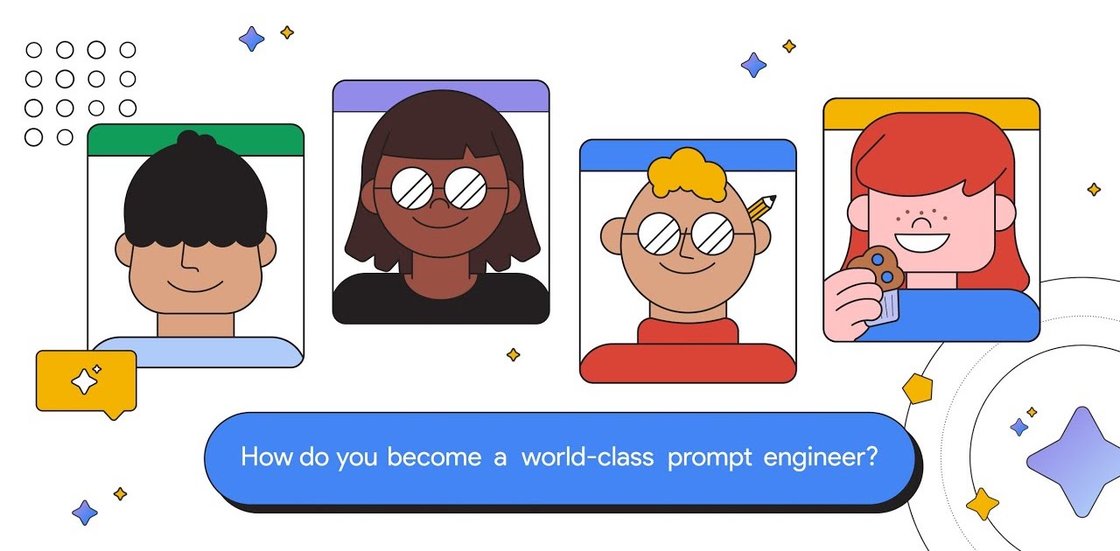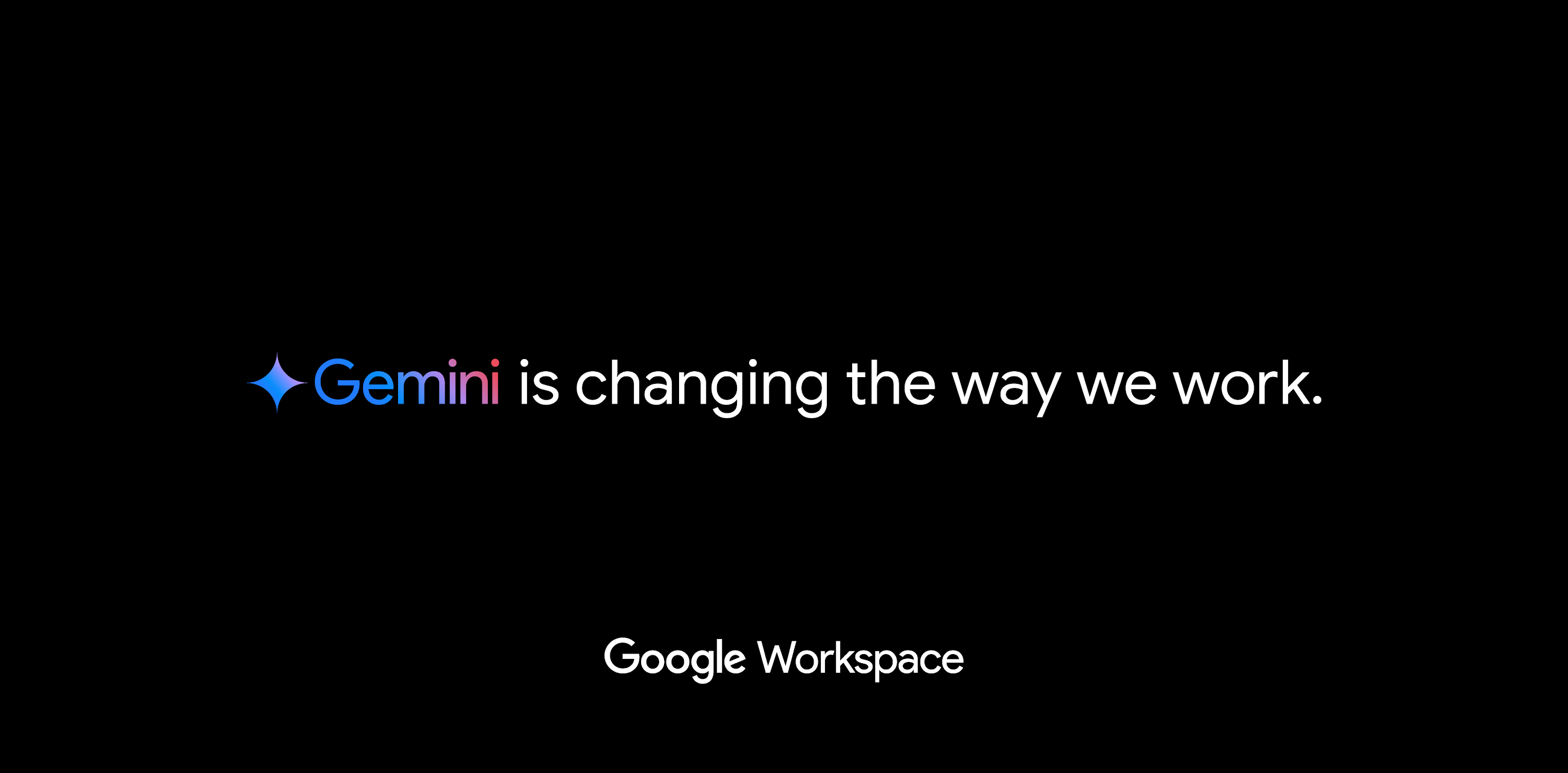With the rise of AI-powered tools, mastering the skill of prompt engineering has become essential for developers. To generate the desired output, large language models (LLMs) and other generative foundation models rely on clear, concise, and informative natural language instructions.
In this blog post, we will delve into six best practices that will transform you into a highly efficient prompt engineer. By implementing our advice, you can create applications that are not only personalized and accurate but also contextually aware. So, let's dive right in!
Tip #1: Familiarize yourself with the model's capabilities and limitations
As developers, it is crucial to grasp the capabilities and limitations of AI models as they continue to advance and grow more complex. Understanding these strengths and weaknesses empowers you to avoid errors and create applications that are safer and more dependable.
For instance, consider an AI model trained to identify blueberries in images. It may not be able to recognize strawberries because it was solely trained on a dataset of blueberry images. If a developer uses this model to build an application that should identify both blueberries and strawberries, the application is likely to make mistakes, resulting in an ineffective outcome and a poor user experience.
It is worth noting that AI models have the potential to exhibit biases. This is because they are trained on data collected from the real world, which can reflect the inherent power dynamics of our social hierarchy. If the data used to train an AI model is biased, the model itself will also be biased. This can lead to problems when the model is used to make decisions that impact people, as it may reinforce societal biases. Addressing these biases is crucial to ensure fair data, promote equality, and uphold the responsibility of AI technology. Prompt engineers should be cognizant of training limitations or biases so they can craft prompts more effectively and understand the possibilities and constraints of a given model.
AI models possess an impressive ability to comprehend a wide range of prompts, showcasing their versatility. For example, Google's PaLM 2 can effortlessly understand prompts in natural language, multilingual text, and even programming codes like Python and JavaScript. However, it's important to acknowledge that despite their vast knowledge, AI models are not infallible and can sometimes misinterpret prompts that lack specificity. To navigate this ambiguity successfully, it is crucial to tailor your prompts to your desired outcome.
Consider this scenario: you want an AI model to generate a recipe for 50 vegan blueberry muffins. If you simply prompt the model with "what is a recipe for blueberry muffins?", it won't know that you specifically need to make 50 muffins. Consequently, it is unlikely to provide the necessary details such as the increased volume of ingredients or tips for efficiently baking such a large batch. The model can only work with the context it is given. To achieve more effective results, a prompt like "I am hosting 50 guests. Please generate a recipe for 50 blueberry muffins" would be more appropriate. This specific prompt increases the likelihood of the model generating a response that aligns with your request and meets your precise requirements.
Tip #3: Harness the Power of Contextual Prompts
Harness the power of context to guide the AI model towards a deeper understanding of your requests. Contextual prompts can encompass the specific task you want the model to perform, a vivid description of the desired output, or even an assigned persona, whether it be a marketer, engineer, or high school teacher. By defining the tone and perspective for the AI model, you provide it with a blueprint that enhances the quality, relevance, and effectiveness of its output.
For example, when instructing the AI model to generate a recipe for blueberry muffins, it is crucial to consider the context of the situation. Simply requesting a recipe for 50 people may not provide the necessary details, such as the vegan-friendly requirement. To address this, you can prompt the model to answer from the perspective of a skilled vegan chef. This context-rich prompt enables the model to generate more accurate and relevant responses, ensuring seamless and efficient AI interactions.
By incorporating contextual prompts, you empower the AI model to swiftly comprehend your requests, resulting in outputs that precisely align with your needs.
Tip #4: Illustrate the AI model's path with real-life scenarios
When crafting prompts for AI models, it can be immensely helpful to provide real-life examples to guide their understanding. By showcasing specific situations or scenarios, you give the model a clearer picture of what you're seeking. For instance, you could say, "Here are some recipes that I personally enjoy. Now, create a unique recipe inspired by these examples." This way, the model can grasp your preferences and tailor its response accordingly. By offering concrete examples, you pave the way for more accurate and personalized outcomes.
Tip #5: Unleash your creativity with prompts and personas
Unleash your imagination and dive into the world of prompts and personas. Let your mind take you on a journey of exploration and discovery as you experiment with different prompts and personas. From technical wizards to nurturing caregivers, from seasoned professionals to beloved celebrities, embrace the opportunity to step into various roles and perspectives. By infusing your unique expertise and life experiences into your prompts, you unlock the true potential of AI models and unlock a world of personalized and innovative outputs. So go ahead, be bold, be adventurous, and let your prompts and personas shape the future of AI interactions.
The way you construct your prompt impacts the model’s output. By creatively exploring different requests, you will soon have an understanding of how the model weighs its answers, and what happens when you interfuse your domain knowledge, expertise, and lived experience with the power of a multi-billion parameter large language model.
Tip #6: Expand the Potential of Chain-of-Thought Prompting
Chain of thought prompting is a powerful technique that unlocks the full reasoning potential of large language models (LLMs). By breaking down complex problems into smaller, manageable steps, you can guide the LLM to provide intermediate reasoning for each step. This not only deepens the LLM's understanding of the problem but also enables it to generate more precise, insightful, and informative answers. Through this approach, you gain a better understanding of the answers and ensure that the LLM comprehends the problem at hand effectively.
Next, over to you!
As AI-powered tools continue to grow in prevalence, mastering the skill of prompt engineering becomes increasingly crucial for developers. By incorporating the six best practices outlined in this blog post, you can transform into a highly efficient prompt engineer, creating personalized, accurate, and contextually aware applications. Familiarize yourself with the capabilities and limitations of AI models, ensuring safety and dependability. Precision is key when crafting prompts, tailoring them to your desired outcome for optimal results. Harness the power of contextual prompts to guide the AI model towards a deeper understanding of your requests. Use real-life scenarios to illustrate the AI model's path, providing clear examples for more accurate and personalized outcomes. Unleash your creativity with prompts and personas, infusing your unique expertise and experiences to unlock the true potential of AI interactions. Expand the potential of chain-of-thought prompting to unlock the full reasoning potential of large language models. Remember, prompt engineering is a skill that is essential across industries and organizations as AI continues to evolve. Keep learning and embracing the journey of AI and prompt engineering. Happy Prompting!
this blog is influenced by a recent Google blog which you can find here

















 Twitter
Twitter Youtube
Youtube

